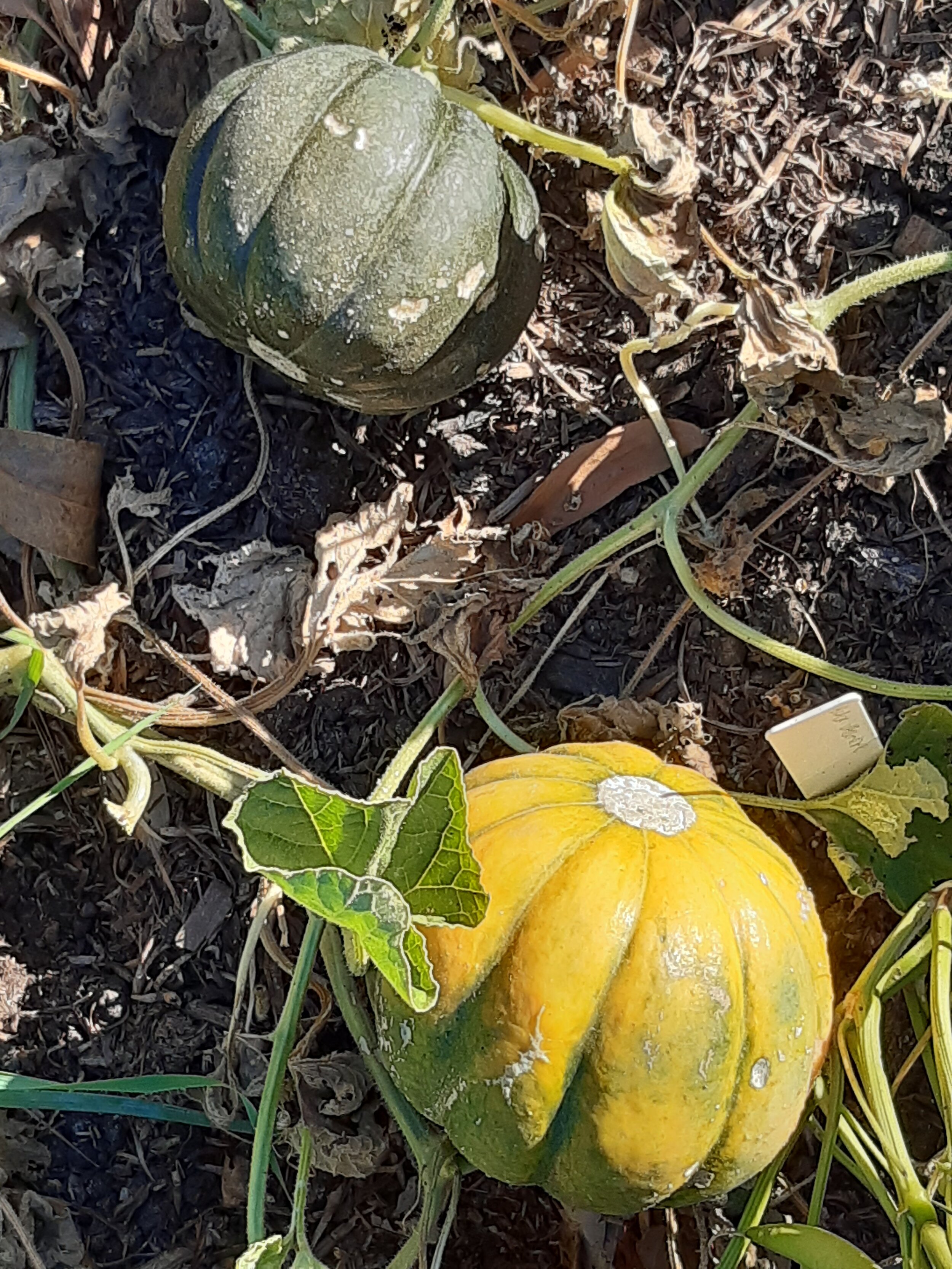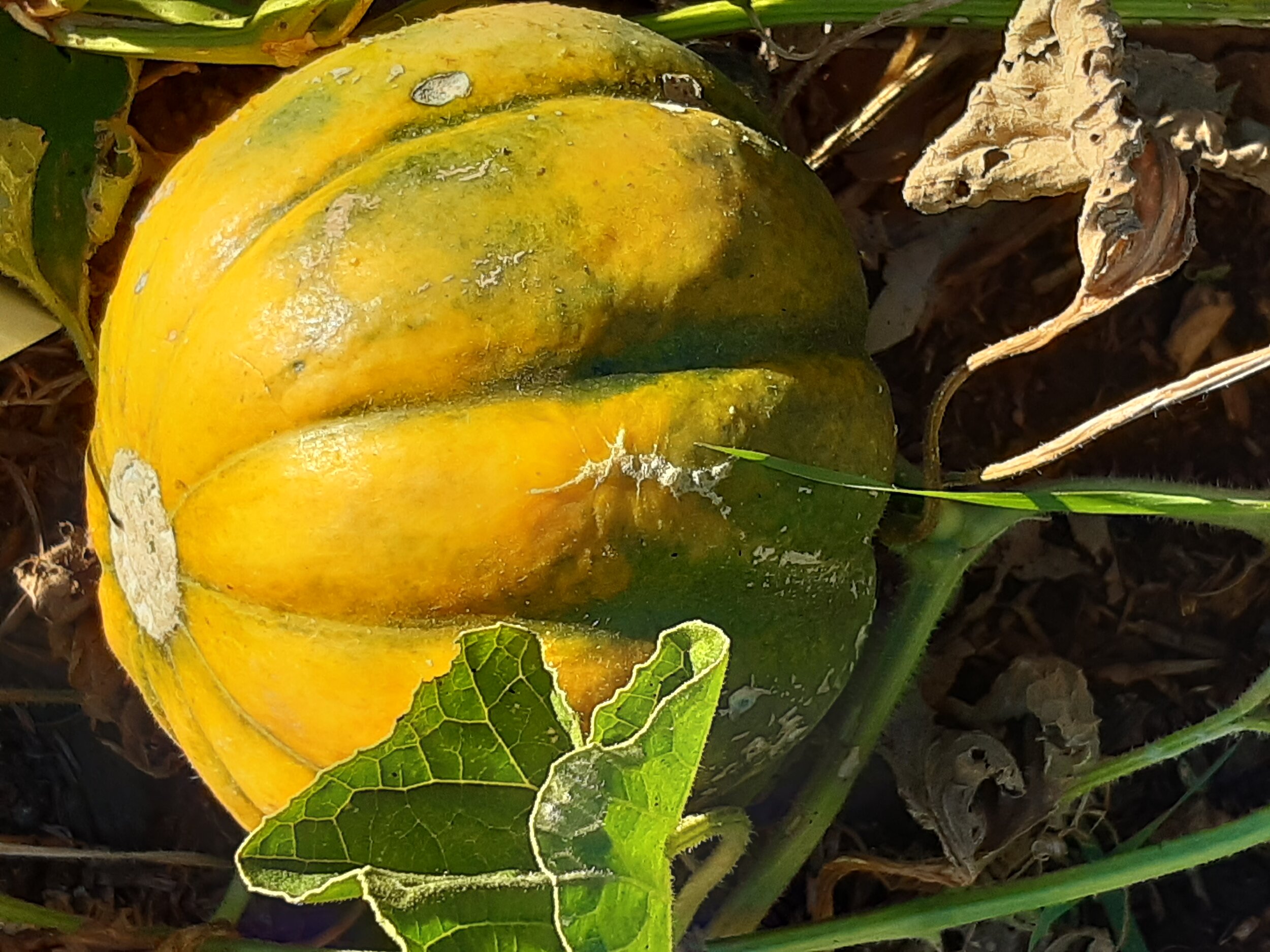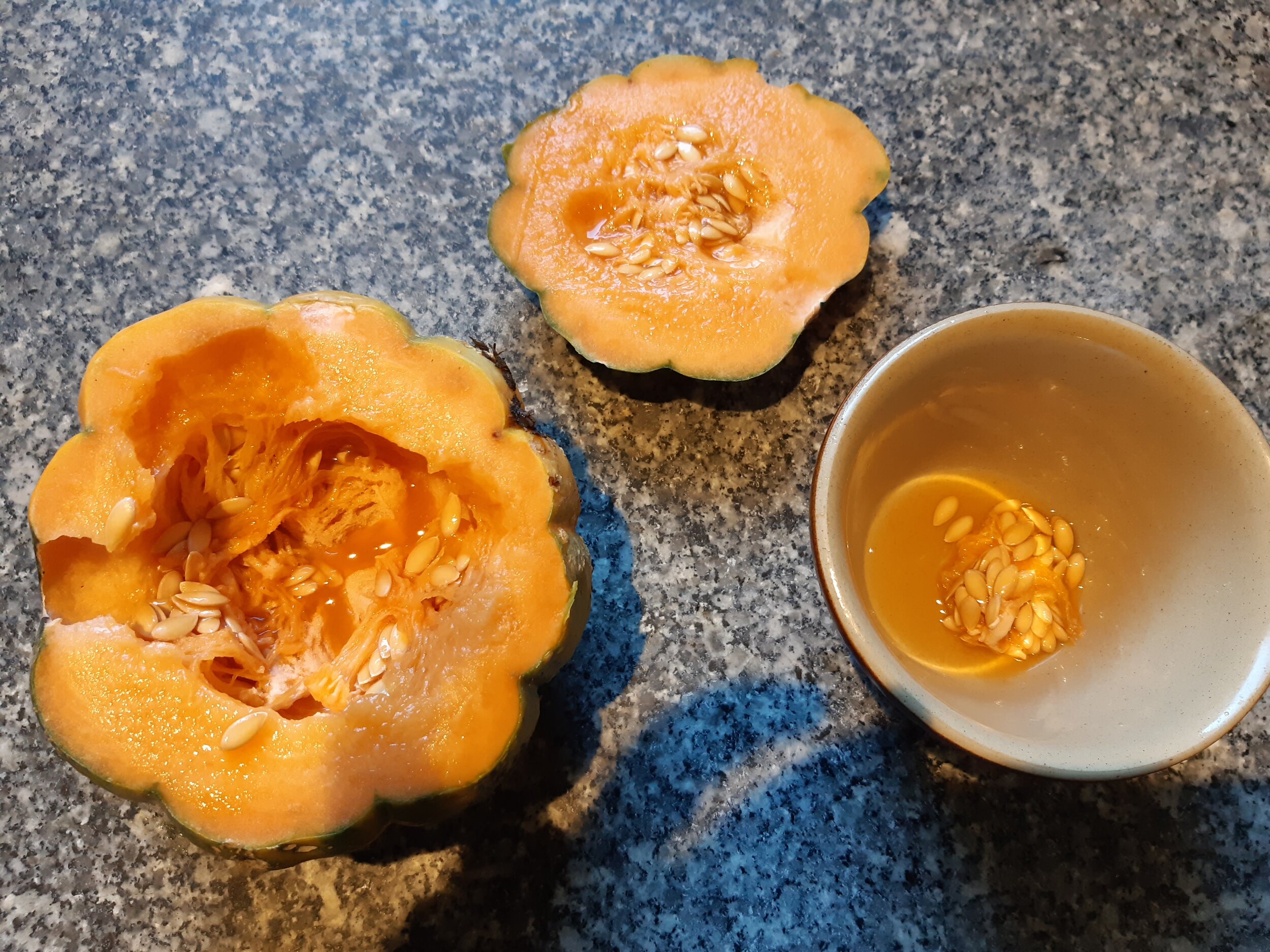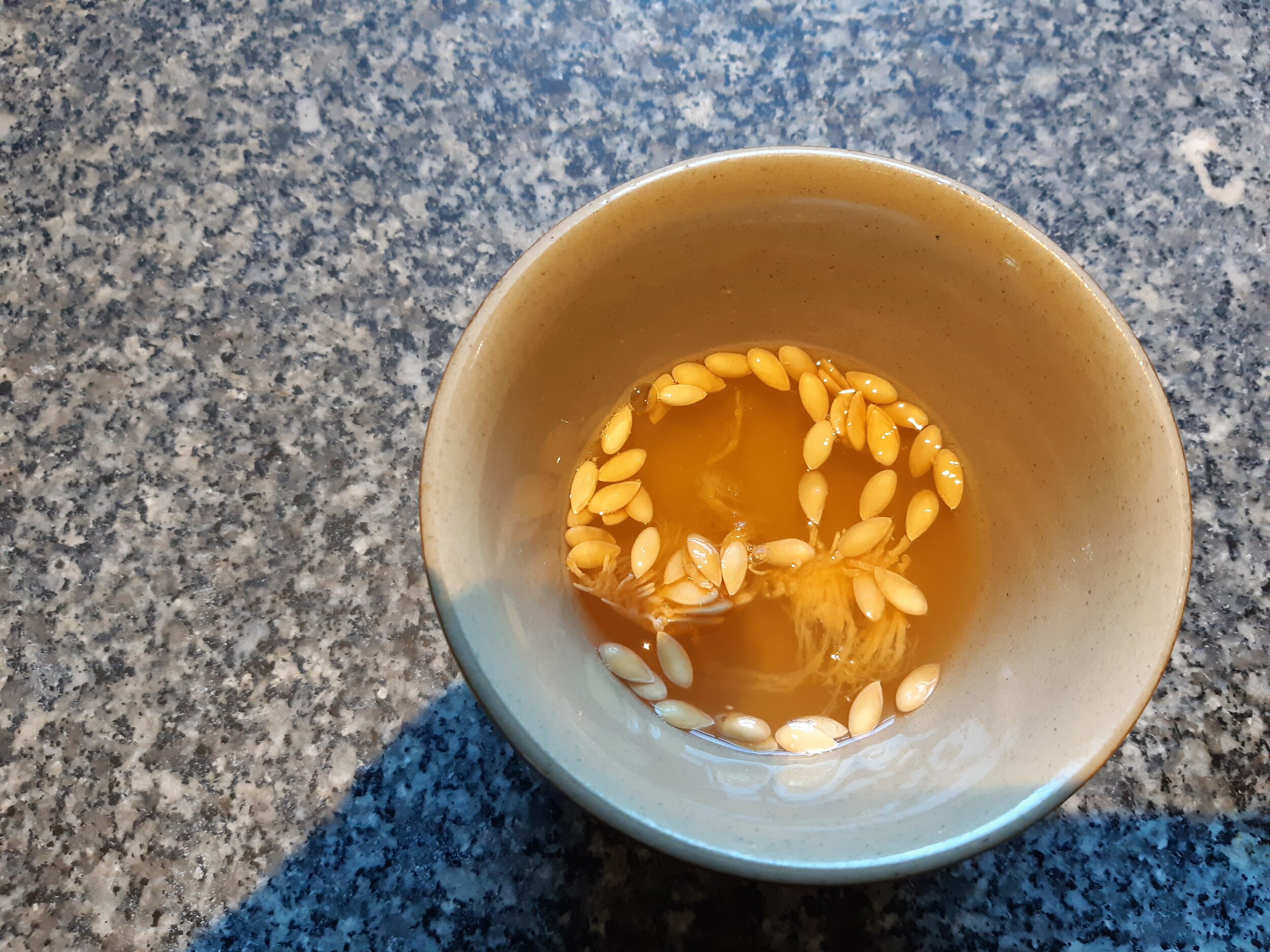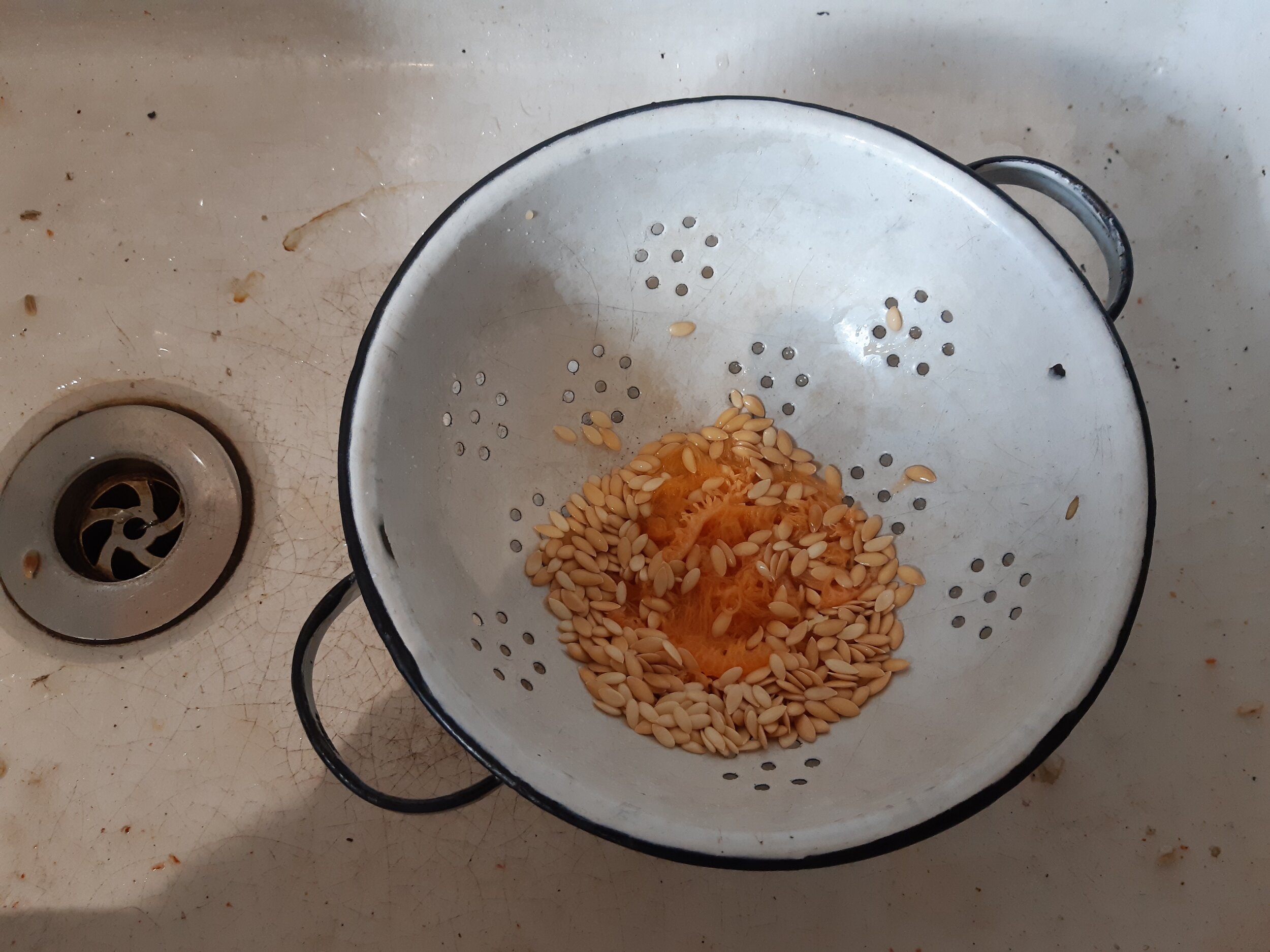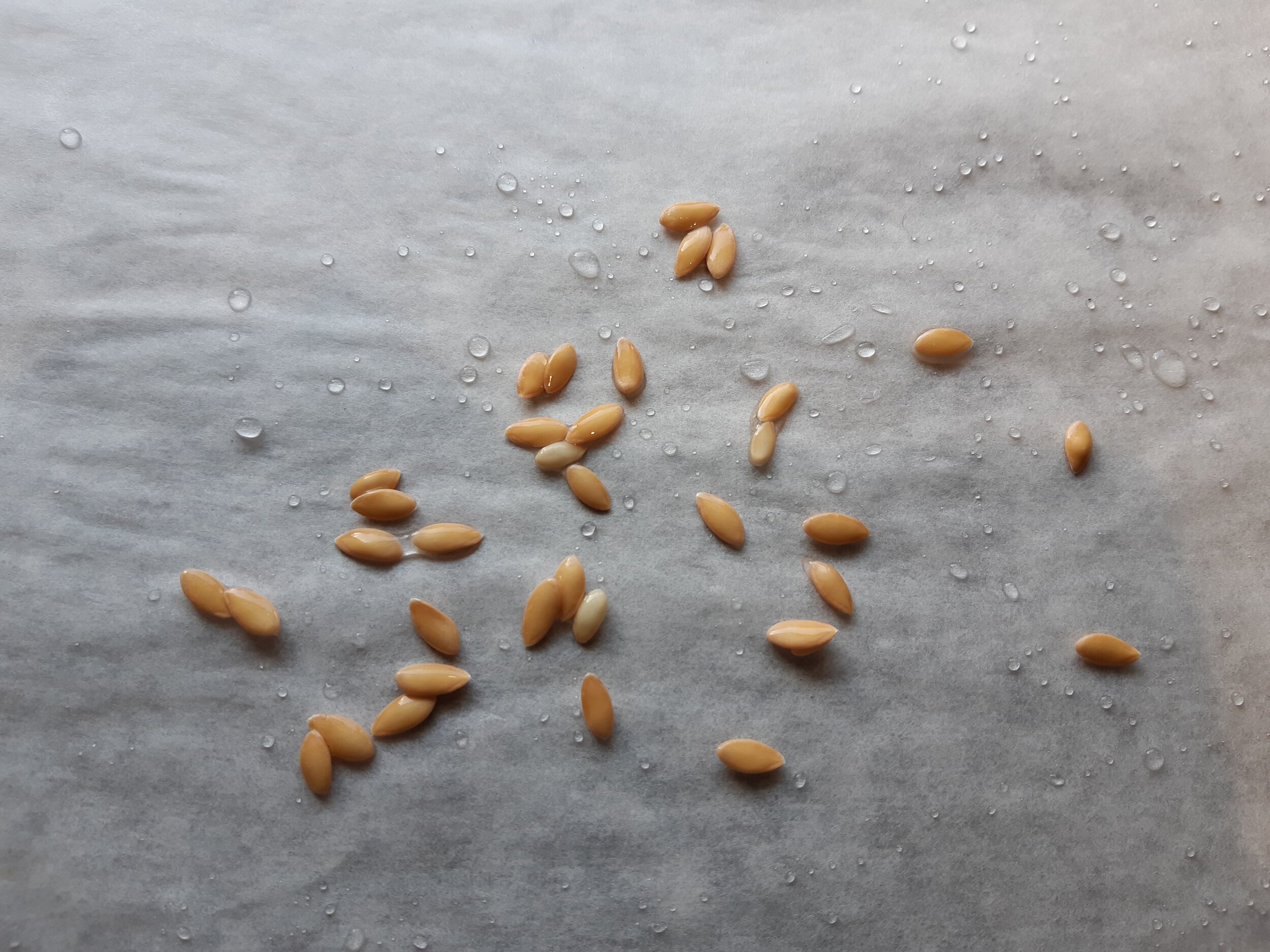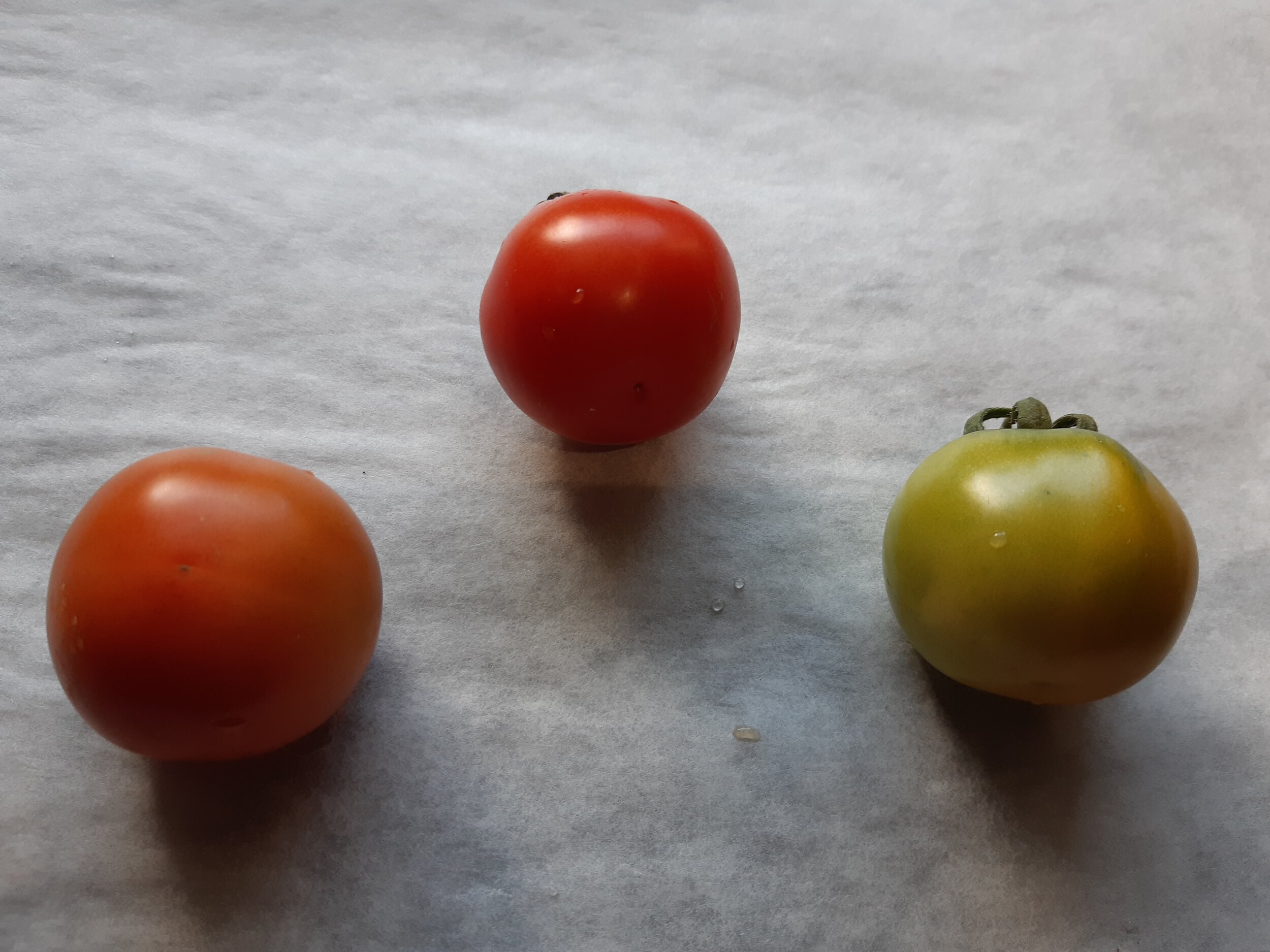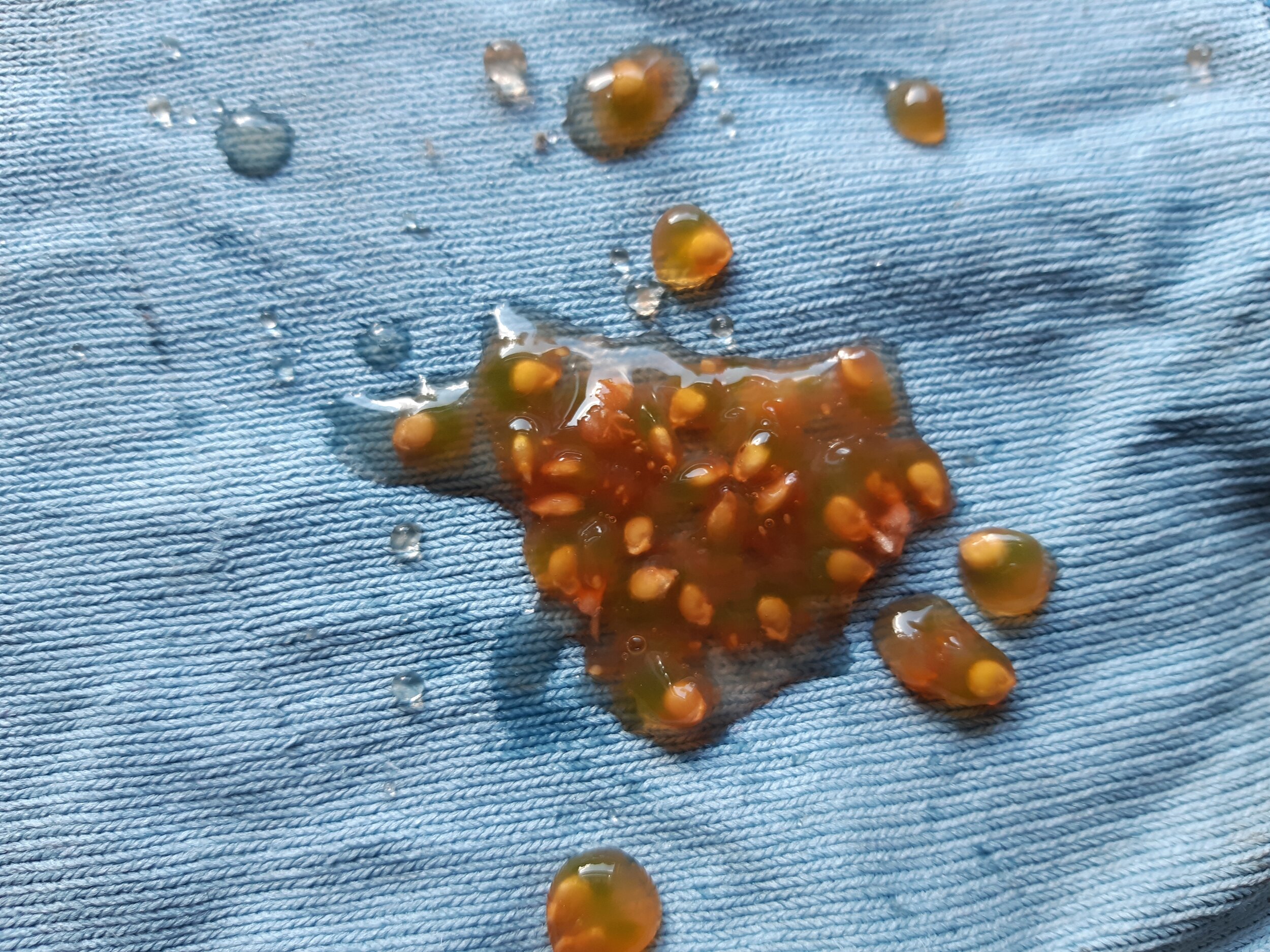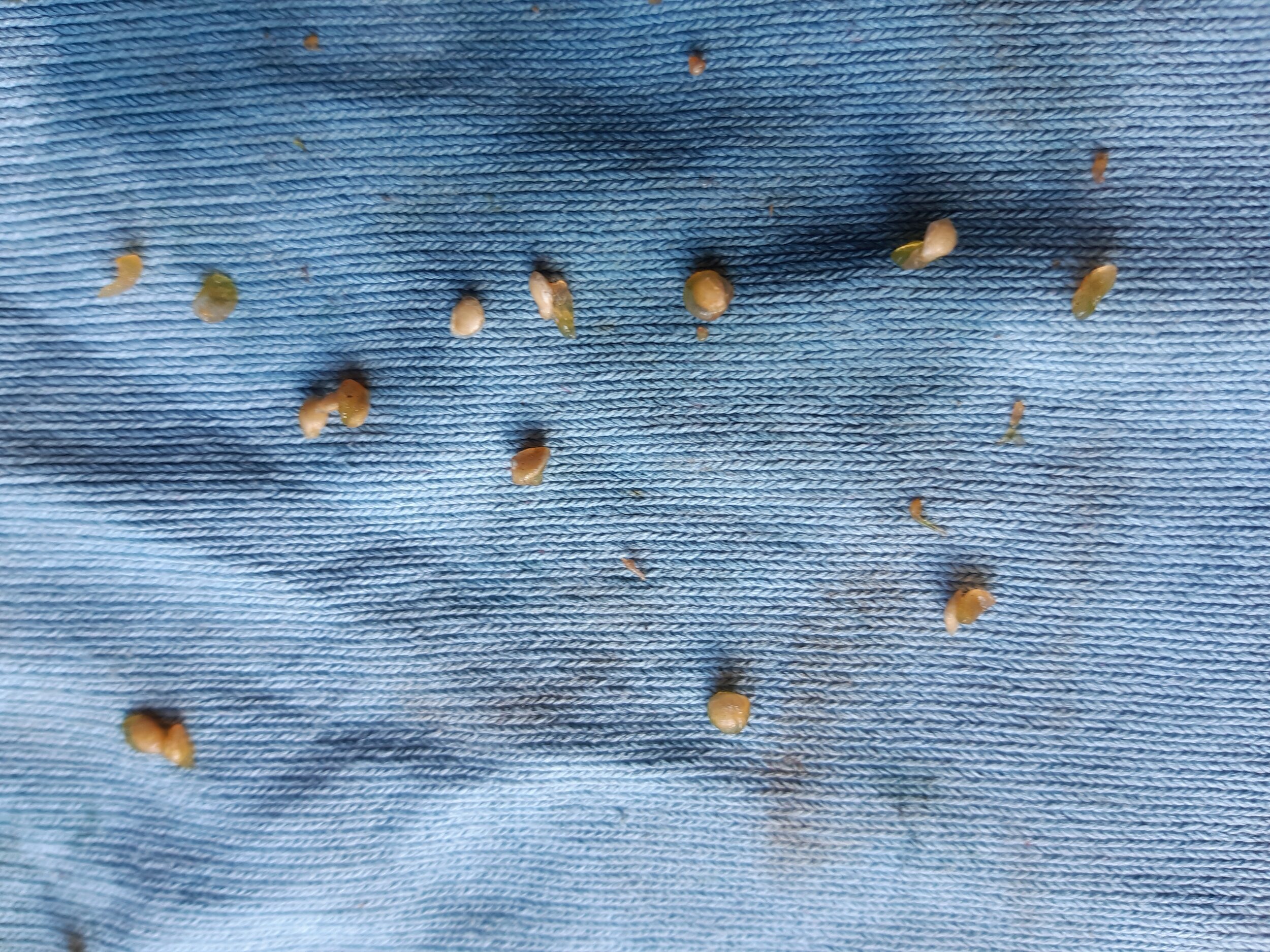Coronavirus, Food Security and Your Garden Series.
Episode 1
I don’t need to tell you, Novel Coronavirus is changing the way we live and plan. There are no food shortages in Australia but we have endured distribution failures due to fear and panic which has led to food and other staples being bought up in greater than usual quantities. This has made us face the question of our food security seriously as individuals and a country for what for many of us is the first time. The availability of and access to food is a core need influencing our health and well-being. The fear of a failure in our food networks has driven many to consider a food garden for the first time and now we are seeing an impact in our seed networks. For a list of seed providers see our resources page: https://mrsg.org.au/mrss-resources
Seed providers are a part of the agricultural industry; they work within strict seasonal restrictions. They need to grow strong healthy plants to full maturity to be able to harvest the seed as the plants mature them, rare in the food growing industry where most food crops are harvested as immature or mature at best. Generally growing for seed harvest requires planning: these plants are necessarily grown over a longer than ‘normal’ period, variety/cultivar selection needs care to manage undesirable crossing and sometimes infrastructure is needed to ensure “pure” seed.
A “run” on their seed is not something we can manufacture our way out of, but as home gardeners, or friends of home gardeners, we can review what is available to us and make our own safety-net.
What is growing in our garden that we can harvest seed from that we had not planned for, note ‘open pollinated’ varieties work best. (We can also look at the food we have bought from the Market or Supermarket for seed saving opportunities):
Corn
Cucumbers, Pumpkins and Zucchini
Lettuce
Beans
Tomatoes and Melons
What makes these plants possible unplanned seed providers is:
They are annuals, they grow seed and die each year,
They have easily manageable cross-pollination behaviours,
and, they are ripening their seed now.
Fruit and Seed Maturity is the stage of full development of the plant tissue. Ripeness in edible fruits is the state where full aroma and flavour are present; with seeds ripeness is generally described by the development of a seed coat (the tough skin of the seed). Fruit seeds (melons, cucumbers, zucchini, pumpkin, tomato, capsicum/pepper and eggplant) are generally ripe before the fruit is ripe; the fruit's ripeness is its dispersal method.
Over the coming weeks we will address each of these, following the passage of food readiness to seed readiness. You may want to leave a comment asking for any food crop that we have missed.
Tomatoes and Melons are harvested when they are at least mature, though they may still need to ripen (they are generally ‘climacteric’ fruit). Their seed likewise is generally mature. These vining plants are generally ‘indeterminate’, that is they grow and ripen their fruit over a long season determined not innately but by climate. This means we may collect their fruit and seeds during the course of the plant’s life. For fully ripe fruit and seed we are looking for stem death (senescence). This is when the leaf at the melon shrivels or the tomato comes away in our hand. We can also use the colour of tomatoes and melons and their aroma as indicators.
When we save seed we are ‘selecting’ a specific set of genetic traits. Some traits will be unexpressed or latent, some will be very apparent, like flavour. Each seed of each fruit from each plant has the likelihood of different genetics from the pool represented by the parent plants. When selecting fruit for seed we want to lessen undesirable crossing and increase desirable diversity. For ‘outcrossers’ like melons we ideally want to collect a fruit where only one variety has been grown, for ‘self-pollinators’ like tomatoes we want seed from several plants and fruit.
Acceptable crossing occurs when we have limited varieties (maybe 2 varieties of melon), both of which showing desirable traits. We “take a risk” that we will get an edible fruit from the next generation.
Directions for saving your own tomato or melon seeds:
When we have harvested our melon and/or tomatoes, (selecting where possible for desirable traits in size, season, flavour), we should cut our fruit open, scraping all the seeds into a vessel.
We are then able to eat the fruit, ensuring that it is tasty and worth propagating.Cleaning wet seeds requires washing in water and draining or rubbing with a cloth to clean the seeds and to separate them from the surrounding pulp. Wet seeds generally float in water when they are not viable so the flotsam may be scooped off at this point and discarded.
Fermentation may remove germination-inhibiting substances, moulds, mildews and other disease organisms from the seed coats. Fermenting for these purposes requires approximately 96hrs at 18C. Diseases can also be reduced or eliminated by treatment after extraction. The most common treatment is with bleach. Soak the clean seed in a 10% bleach solution for 30 minutes, and then wash with plenty of cold water.Following the cleaning (or post cleaning treatment) spread seed on a wax or silicon paper to dry, it needs to be further cured for another 4 weeks, before being packed in an air-tight container, zip-lock bag at room temperature. For longer storage, keep them in the fridge – never in the freezer.
You can store in a paper-bag for short periods (6mths), this ensures that it does not develop mould from trapped moisture.Contact your local seed saver group (https://www.facebook.com/pages/category/Community-Garden/Macedon-Ranges-Seed-Savers-105131077735995/)
or produce exchange (https://mrsg.org.au/home-produce-exchange) and swap or exchange some of your bounty with someone else.
Bibliography:
http://eagri.org/eagri50/HORT381/
https://www.mentorpl.org/wp-content/uploads/2015/06/Harvesting-and-Cleaning-Seeds-use-2016.pdf
https://www.gardenmyths.com/best-way-harvest-tomato-seeds/

